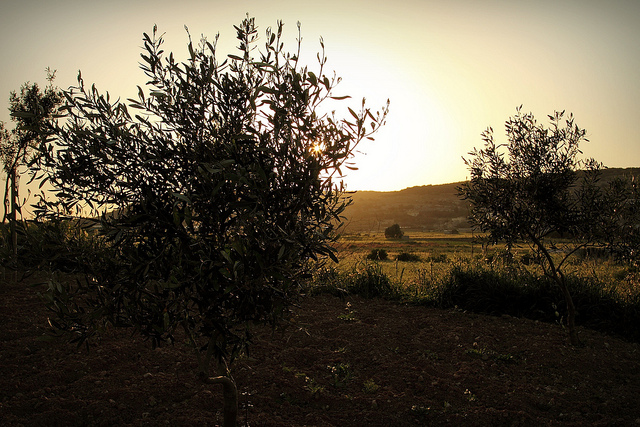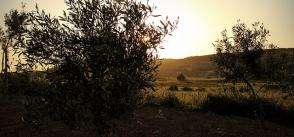
The White Olives of Malta
The white olive is just one of hundreds of varieties of the European olive (Olea europaea) found from Portugal east across the Mediterranean all the way to the Arabian Peninsula.
Greeting me at the gate of his farm in the hilltop village of Wardija, Sam Cremona ushered me to the porticoed dining and kitchen area where he holds olive oil tastings. Opening a cupboard, he showed me several dozen jars of his rare bajda, or white olives, blushed by brine to a pale ivory-pink. "I wish I could give you some, but the Maltese government has asked me to save all I have to give as a gift to the president of the eu," he said with an apologetic shrug.
That the government should turn to Cremona—informally known as Malta’s godfather of olive oil—for the rare white olive is not surprising. Since 1999, when he began processing oil from trees planted on his farm eight years earlier (using an imported Sicilian olive press, as there were none left on Malta at the time), the 66-year-old Malta native and retired gemologist has dedicated himself to reviving what had been a moribund industry. Prior to his efforts, Maltese olive varieties like the bajda and the more common, more conventionally colored bidni had all but disappeared after thriving for several thousand years on this rocky, sun-drenched nation of islands that poke out of the central Mediterranean between Sicily and North Africa.
Nor is a European aristocratic appetite for Maltese white olives anything new. Back in the days of the Knights of the Order of Saint John—known also as the Knights of Malta, a multinational order of Crusaders that held the island from 1530 to 1798—these plump, bone-white olives were known across Europe as perlina Maltese—Maltese pearls. Bajda trees adorned the gardens of wealthy knights, and their fruit featured in recipes for one of the country’s signature dishes—rabbit stew.
Read the full article by Tom Verde via AramcoWorld.
[Photo by spaztacular | Flickr]







